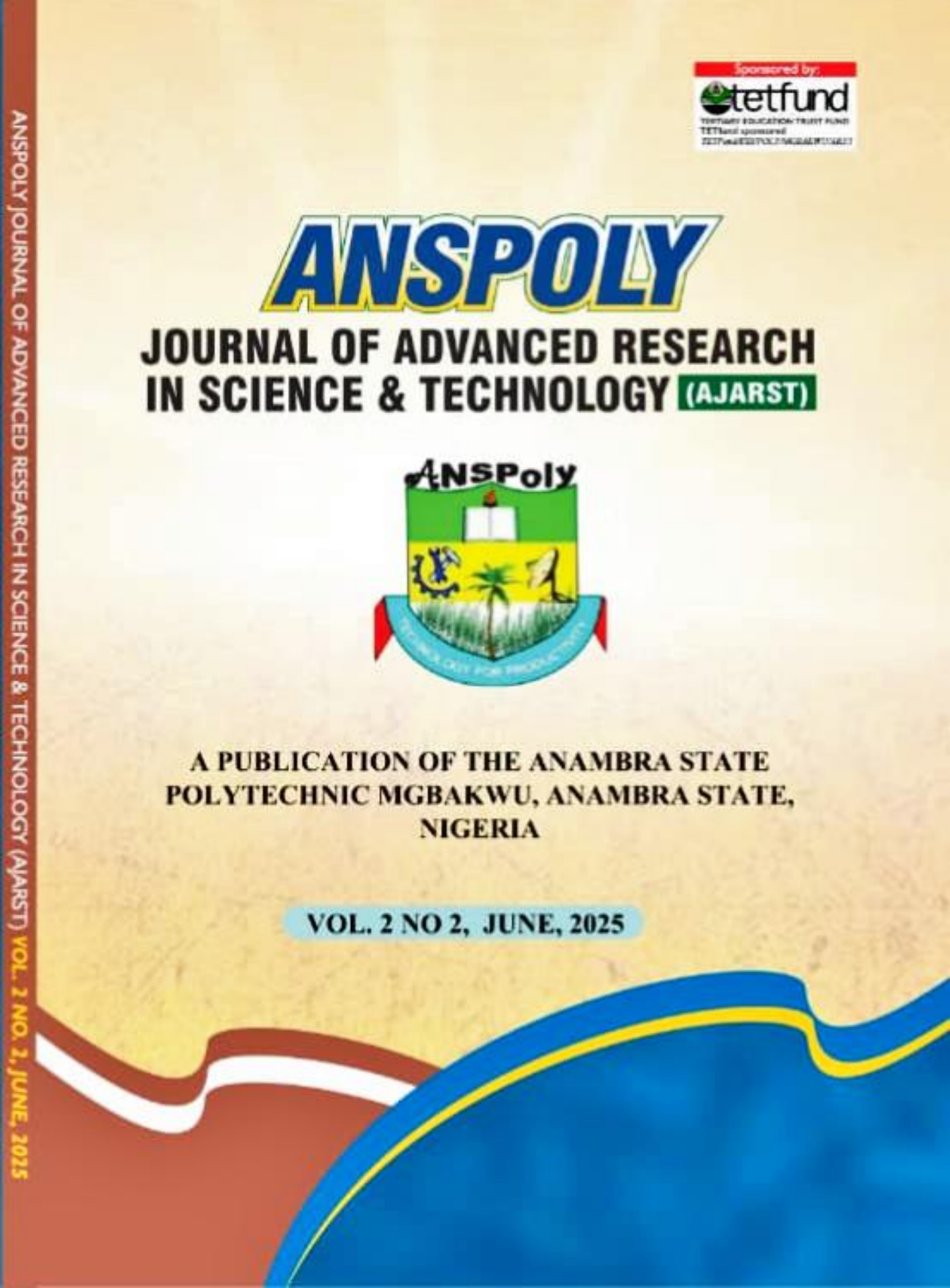COMPREHENDING SYNCHRONOUS CONDENSERS: THE FOUNDATION OFSTABILITY IN POWER SYSTEMS
Keywords:
synchronous condenser, Synchro-Self-Shifting, HVDC, Excitation, Rotating inertia, CompensatorAbstract
This paper, which comprehends synchronous condensers —the foundation of stability in power systems— explains the general background of a synchronous condenser. It defines a synchronous condenser as a large rotating generator used to regulate voltage and improve stability in electrical networks. It's also known as a synchronous capacitor or synchronous compensator. It answered the question: What is a synchronous condenser? This paper also outlines the features of the synchronous condenser, its working principles, the process of excitation, and its advantages. Some of the benefits/applications listed are: A synchronous condenser's voltage regulator controls the amount of reactive power it generates or absorbs to adjust the voltage of the electric power transmission grid. It can be used to improve power factor by drawing a leading current from the supply. Due to its ability to provide inertia, its spinning mass can help with frequency stability, especially in systems like wind and solar that experience frequent fluctuations. Synchronous condensers can be used to strengthen weak networks in remote areas. They are typically installed in substations and are often used in hybrid energy systems. They're a conventional solution that has been used for decades to regulate reactive power. The results obtained show that, due to their capacity to produce and absorb reactive power on demand, Synchronous condensers' adaptability and efficiency make them indispensable instruments for guaranteeing stable and resilient power systems in the future as the world's energy environment changes.



